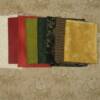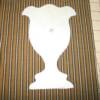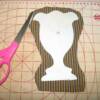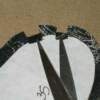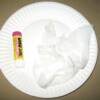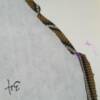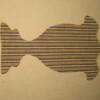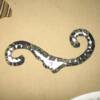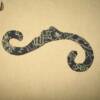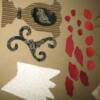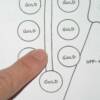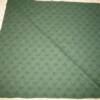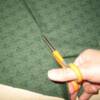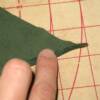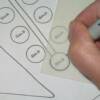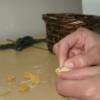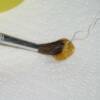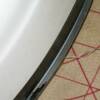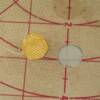You will need the following items to prepare your fabric:
- Washable (preferably colored) glue stick
- A light box or other light source such as a sunny window if fussy-cutting
- Good, sharp fabric scissors
- A plastic template sheet or other stiff material to create templates*
- An old paintbrush or cotton swab*
*Needed if your design calls for small circles
Place your cursor over a photo to view its caption or click on a photo for a larger view. Enlarged photos will have navigation buttons on them to see the next or previous photo. Captions are at the bottom of each photo.
Click "Close" when you are finished to return to this page.
